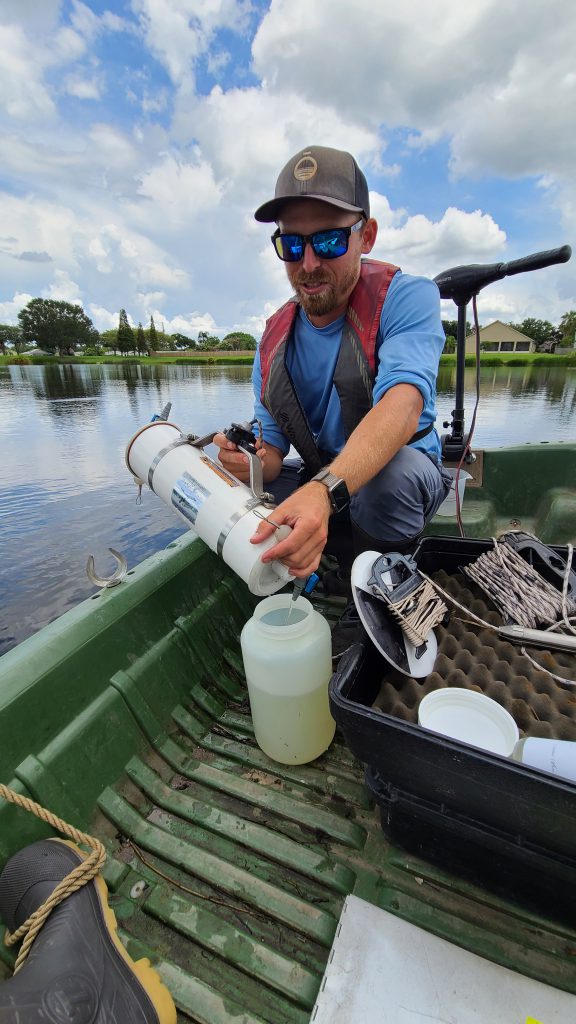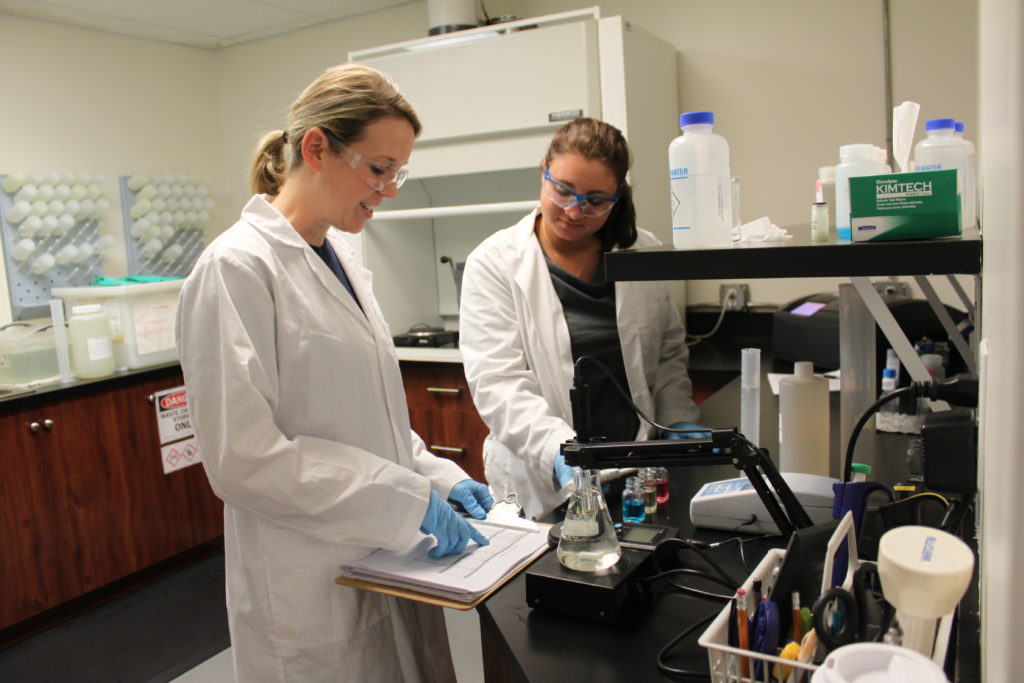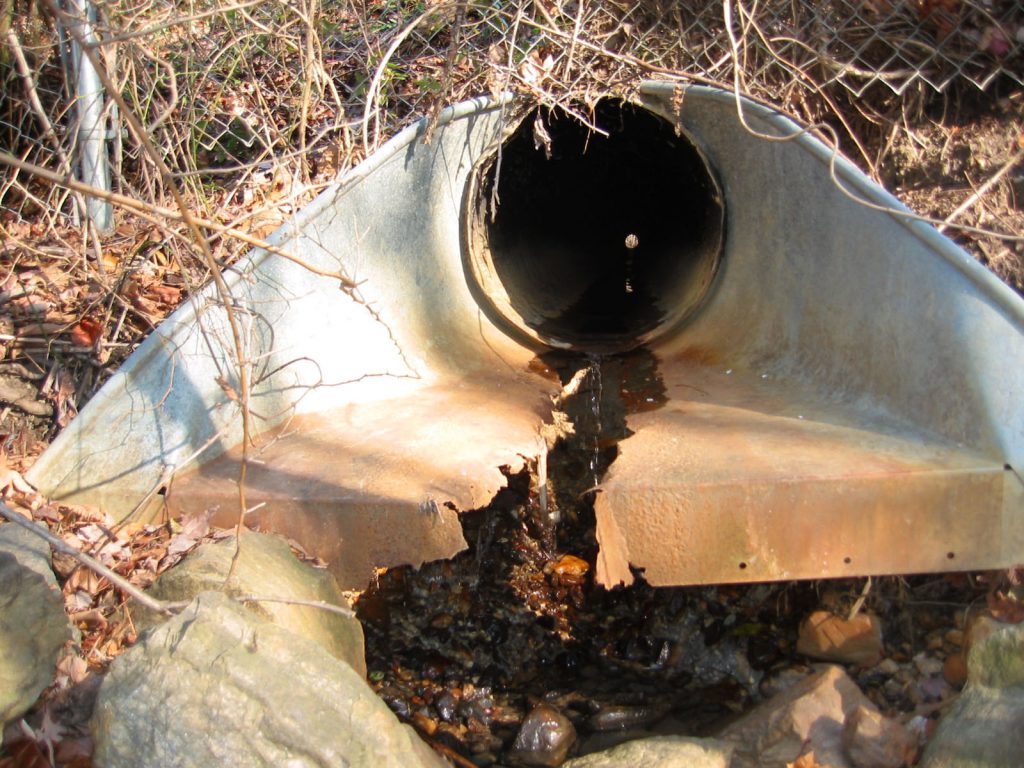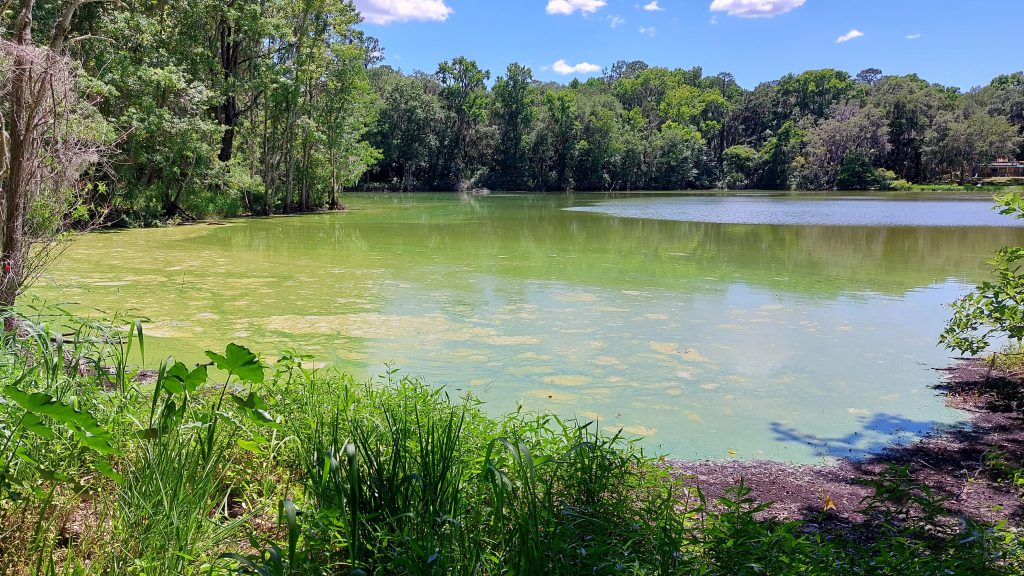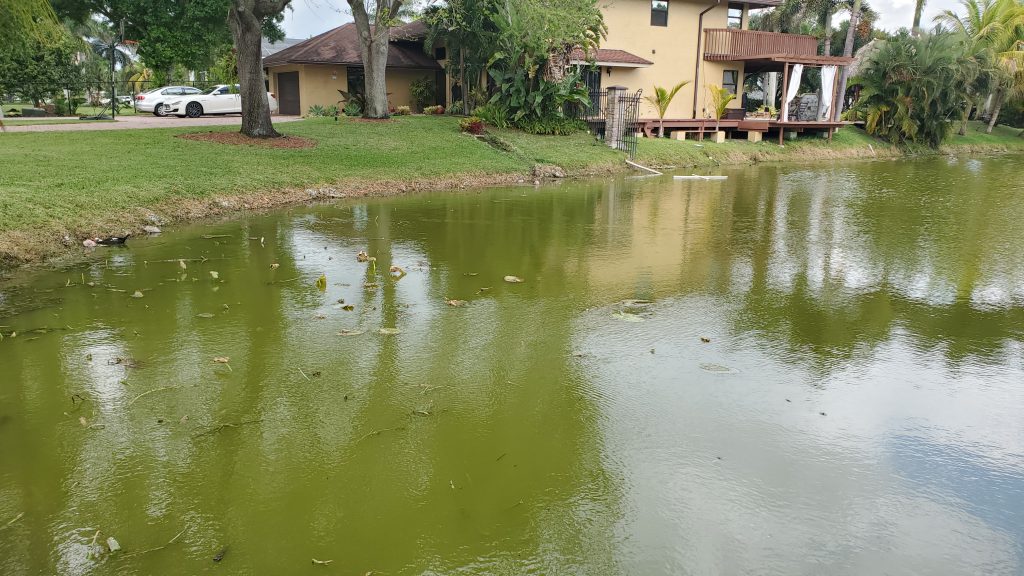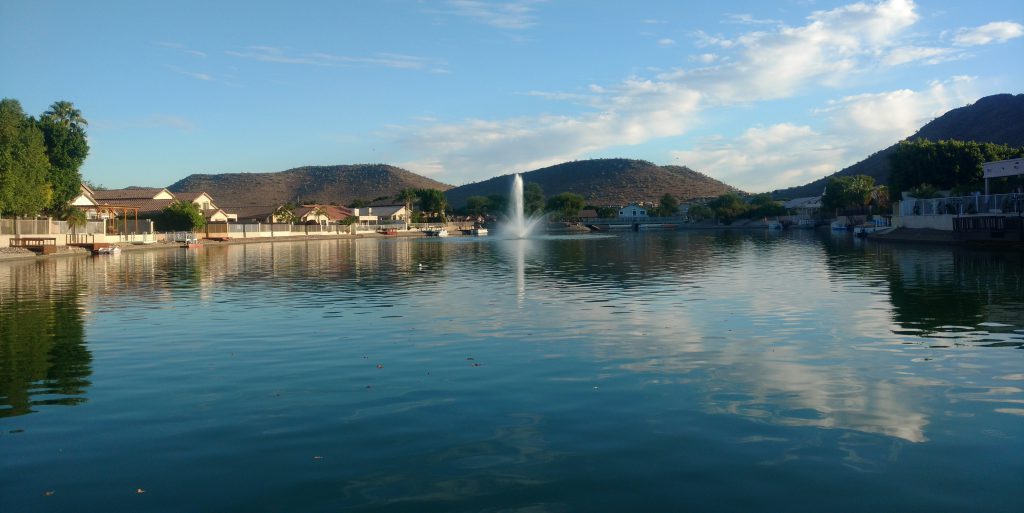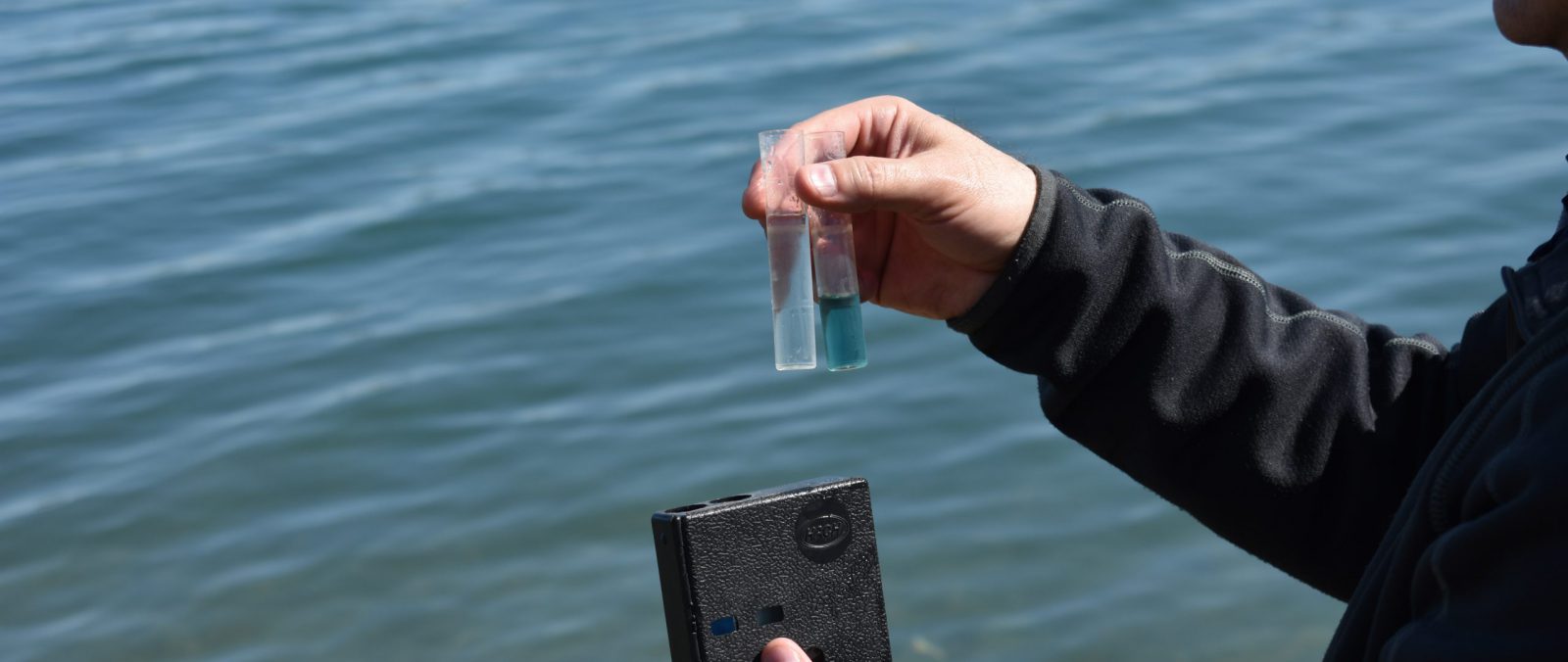
How to Properly Test Lake Water Quality
No matter how you use your waterbody, maintaining balanced water quality conditions should be your biggest priority. Water quality is an overarching term that describes the properties of a waterbody. Lake water quality can have diverse meanings and interpretations. People think of water quality in terms of clarity, but there are many factors that determine the water quality of lakes and ponds.
Lakes with healthy water quality conditions are a valuable resource to communities and native species. Testing and maintaining the water quality of lakes must be done on a regular basis to protect the aesthetic qualities, their use for recreation and irrigation, and their health and value as a habitat for local wildlife.
How to Test Lake Water Quality
When it comes to testing lake water quality, it is generally assessed using different methods and parameters. Depending on the waterbody and property owner’s goals and budget, freshwater management professionals may complete tests with simple kits that measure pH, dissolved oxygen levels, and nutrients, or utilize much more sophisticated electronic sensor platforms that measure many different parameters over a period of time at high frequency. Each parameter is measured against a standard often set at the beginning of a management program or one set by a government agency.
Freshwater management professionals are trained to accurately measure, handle samples, and interpret advanced water quality information. Professional assessments can reveal a wealth of information about your waterbody like the root cause of recurring water quality problems. Water quality data can also be used to predict the onset of future issues, and facilitate intervention before these problems can manifest.
Why It's Important to Test Lake Water Quality
Lakes often provide essential services to the communities that surround them. They are used for a variety of purposes, including fishing, swimming, aesthetics, and more. Depending on a lake or pond’s primary uses, its water quality parameters may differ. For instance, if the lake is used for swimming, the pH level may not be that important. However, bacteria levels may be more of an issue. If irrigation or stormwater control is a waterbody’s main use, nuisance plants and debris might be a point of concern.
Degraded or low water quality negatively impacts the value of lakes to the community and the environment. For instance, if a lake becomes polluted, it can create water quality conditions that are unsafe to swim in and may harm the organisms that call it home. This reduces the ecological value of the lake, but it also reduces the recreation and enjoyment of it and threatens nearby property values.
What Impacts Water Quality in Lakes?
Lake water quality can be impacted by a number of factors such as pollution, harmful algal blooms, and eutrophication:
1. Pollution
No matter the source, whether it be human activities or agricultural runoff, pollution can disturb aquatic life in numerous ways. Pollution generally reduces water quality and can reduce wildlife diversity, especially sensitive species and ecosystems.
Pesticides and fertilizers from urban and agricultural runoff and sewage seepage from groundwater enter lakes and raise nitrates and phosphates to undesirable levels in the water. This can lead to an increase in nutrients that cause nuisance plant and algae growth.
In addition, construction, agriculture, and urban activities can wash sediment into lakes, reducing water quality and water clarity. This sediment can be deadly to aquatic organisms, especially fish as it gets trapped in their gills, making it hard for them to breathe.
Industrial runoff also tends to contain heavy metals such as mercury and lead, which can work their way up the food chain. This can cause fish illness and death, and sicken the animals – and even the humans – that consume them. Likewise, atmospheric pollutants from industrial power generation or car exhaust can enter lakes as acid rain, which can also harm aquatic life.
2. Harmful Algal Blooms
When a lake is suffering from a harmful algal bloom, its recreational and aesthetic value is diminished due to the toxicity of the water, mats of unsightly algae floating on the surface, and the eye-watering smell that is released when cells begin to die. In fact, drinking water can be contaminated with foul taste and odor compounds.
The toxins produced during harmful algal blooms are dangerous to humans and pets. They can cause skin irritations, nausea, and gastrointestinal illness. When these toxins become airborne, recreational activities such as jet skiing and boating are an opportunity for exposure. Harmful algal blooms have been known to cause serious illness and even neurological diseases in humans, and often kill waterfowl and pets.
These blooms negatively impact the food web by reducing the number of edible microorganisms that other organisms need to survive. These organisms then starve and die off, leading to less food for fish and waterfowl. In addition, algal blooms often block sunlight from reaching the desirable plants and other organisms under the water’s surface, causing further food deficiencies.
3. Eutrophication
One of the negative effects of eutrophication (nutrient pollution) and increased algal growth is the loss of oxygen available in the lake water – a state called anoxia. In addition to being deadly to fish, anoxic conditions can also be deadly to amphibians and other aquatic organisms. This may seem contradictory since algae produce oxygen, so how is the oxygen level lower?
While it is true that algae produce oxygen, it only does so if there is enough light. And eutrophication reduces the amount of light that penetrates the water. Algae are starved for light in eutrophic lakes. When the algae don’t have enough light, they no longer produce oxygen and begin to consume oxygen. When large algal blooms start to die, the bacterial decomposers further deplete the oxygen levels. Because of this, eutrophication can remove enough oxygen from the lake that it becomes a deadly underwater environment.
How Often Should Lake Water Be Monitored?
The frequency of water quality testing often depends on the type of waterbody being monitored. Many of them have special needs and conditions that require close oversight. Proactive testing and monitoring are essential to help prevent water quality issues from arising. Waiting until an algae bloom, foul odor, and fish kill is underway can have dire consequences and require costly, time-consuming management to reverse.
The Best Way to Maintain Lake Water Quality
Freshwater management professionals use water quality to identify your lake or pond’s needs and implement tools and solutions to keep your water in check. These might include the application of nutrient remediation products or beneficial bacteria, the introduction of aeration equipment to circulate and oxygenate the pond, shoreline restoration and buffer management, muck removal via mechanical hydro-raking, and more.
If you believe your lake has water quality problems, or you are interested in preventing them before they appear, contact a freshwater management professional to begin planning an annual management program designed to test water quality and implement recurring solutions in your waterbody.
Discover the Benefits of Testing Water Quality
SOLitude Lake Management is a nationwide environmental firm committed to providing sustainable solutions that improve water quality, enhance beauty and preserve natural resources.
SOLitude’s team of aquatic scientists specializes in the development and execution of customized lake, stormwater pond, wetland and fisheries management programs. Services include water quality testing and restoration, algae and aquatic weed control, installation and maintenance of fountains and aeration systems, shoreline erosion control, muck and sediment removal and invasive species management. SOLitude partners with homeowners associations, golf courses, private landowners, businesses and municipalities. SOLitude Lake Management is part of Rentokil, a leading business services company, operating across the United States, Canada and Puerto Rico.
For more information, visit SOLitude Lake Management at solitudelakemanagement.com, and connect on Facebook, LinkedIn and Twitter.








